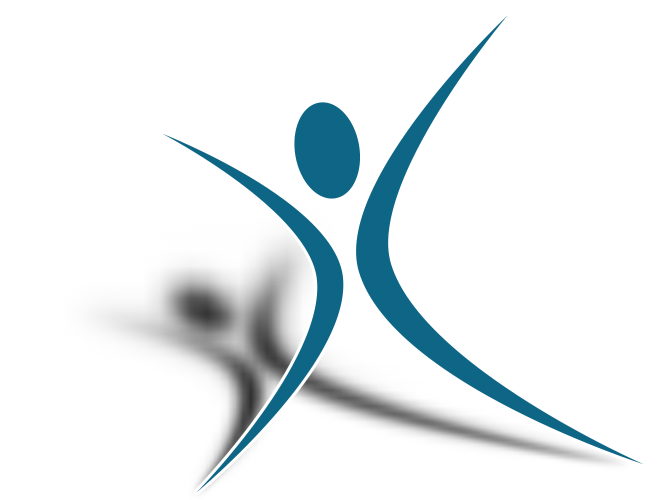
Muscular and Fascial Tension Go Hand in Hand
What’s all the buzz over this freaky word Fascia?
Have you ever wondered what keeps all your organs and muscles in place? Well, that’s the fascia- a thin layer of densely wound connective tissue, mostly collagen, that surrounds, stabilizes and connects every organ, muscle and structure in your body. It allows for the articulation of all the different moving parts in your body by reducing friction and preventing them from simply sliding into each other. The fascia has recently come into the spotlight as an area of focus for the medical community because of its role in systemic tension. The truth is, we can’t live without the fascia, but it causes problems and pain for many of us.
Living within our fascia
With a basic grasp of what the fascia is, it becomes easier to see how it causes problems. Healthy fascia is like any healthy muscular fiber- supple and relaxed, allowing for fluid movement between the muscles and structures of your body. LIke all healthy tissue, the fascia is also susceptible to tension. Here’s how that tension develops:
- As we grow older and become less active, this supple tissue becomes more rigid
- Chronic stress, from a variety of causes, allows for the fibers to thicken in an attempt to protect muscles and organs.
- The fascia tends to cement into positions that we frequently assume- say a seated position in which certain muscles are overly contracted
The effect is doubled- your muscles are not only chronically tense, but the fascia is also becoming more rigid. When you go to move, you find that range of motion is reduced as the hardening fascia creates a pull on your musculoskeletal system. The additional pressure contributed by the fascia can be up to 2000 pounds per square inch.
Treating our fascia right
The good news is that fascial dysfunction is highly treatable and reversible. Using myofascial release, we focus on relieving restrictions in the fascia, allowing the muscles and structures below to move more freely. By restoring lost range of motion and reducing pain, you can focus on activities that maintain the integrity of tissues throughout your body, including the fascia. If you are interested in unlocking the power of myofascial release, give our office in Alameda a call to schedule an appointment today.
